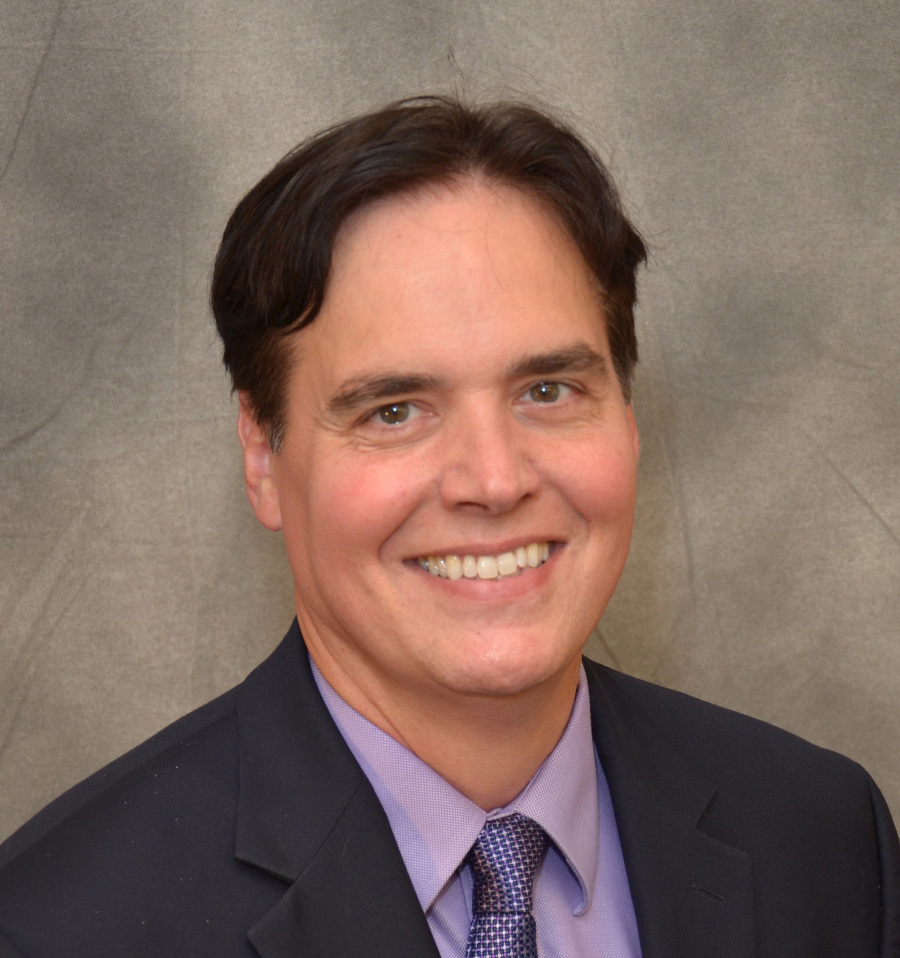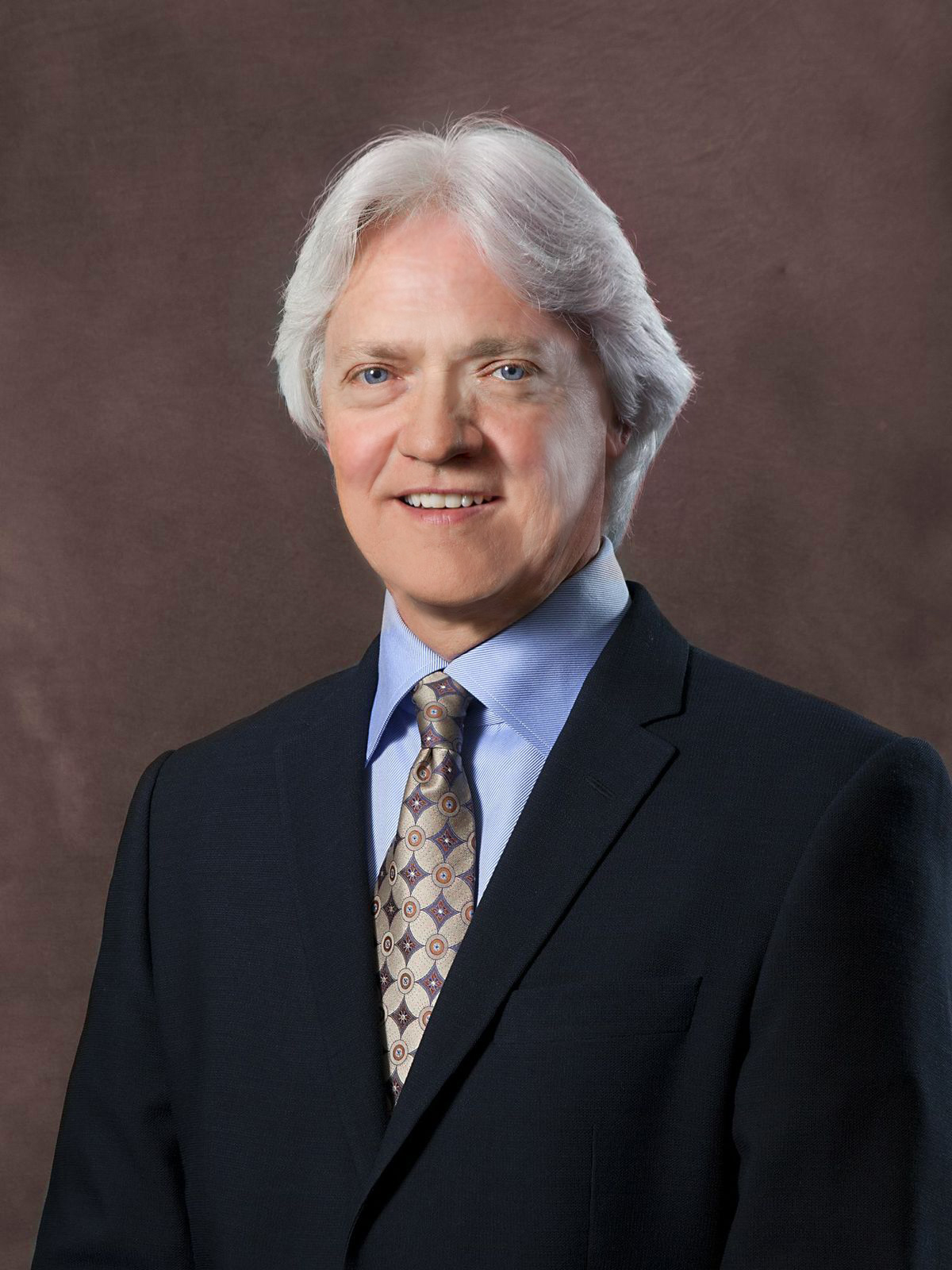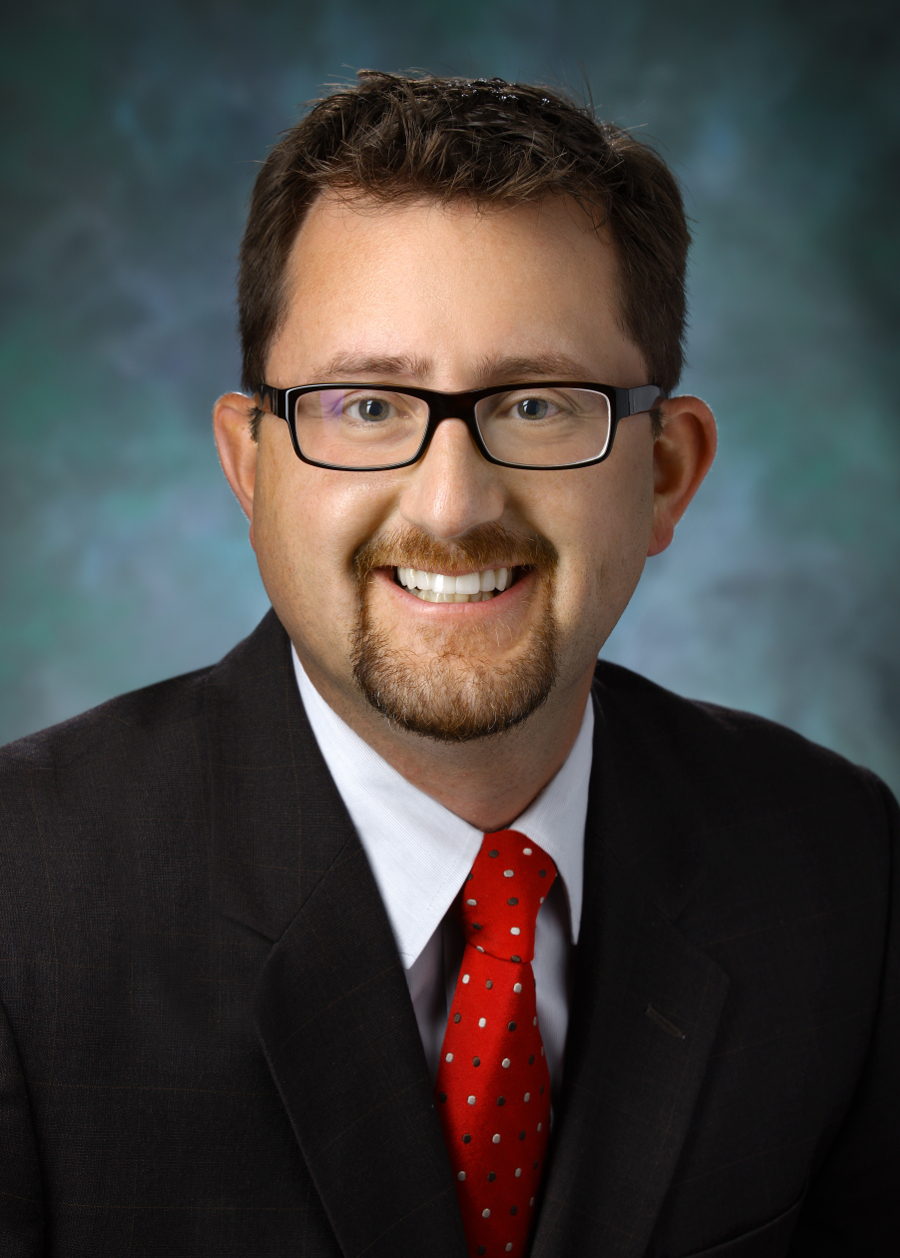Question: What are some of the best strategies to boost eye center patient and case volumes?
Robert Noecker, MD, New Vision Cataract Center, Norwalk, Conn.: Increase the number of surgeons and evaluate turnover/throughput time. The most effective way to attract new surgeons is to offer new technology. An example of this is the femtosecond laser — this technology is fairly expensive but it is something that surgeons can use to increase revenue and therefore it is attractive both for them and the ASC.
Volumes can be increased by decreasing turnover and throughput times. Identifying the bottlenecks can help to increase the volumes in these same time slots. Usually these changes do not result in a need for more staff, just changes in processes or physical flows.
 Dennis Kilpatrick, MD, Scottsdale (Ariz.): Eye Physicians & Surgeons: A happy surgeon is a driver of a healthy ASC. So an ASC needs to strive for physician satisfaction above other areas. Centers can do this by allowing busier surgeons to bounce rooms and ensure that cases start on time. You don’t want a surgeon to have to wait around for the case to start or the room to be turned over.
Dennis Kilpatrick, MD, Scottsdale (Ariz.): Eye Physicians & Surgeons: A happy surgeon is a driver of a healthy ASC. So an ASC needs to strive for physician satisfaction above other areas. Centers can do this by allowing busier surgeons to bounce rooms and ensure that cases start on time. You don’t want a surgeon to have to wait around for the case to start or the room to be turned over.
Don’t let administrative issues or personnel drive surgeons away. Make it easy for the surgeon’s office to schedule cases. Staff your operating rooms with well-trained personnel — people who know how to load lenses and who can quickly figure out why some piece of equipment isn’t working properly.
Also, have needed instruments and supplies readily available, such as the correct model IOL, Malyugan Rings, pupil dilators, Miochol, sutures, etc. It is never fun when the circulator has to disappear in search of a supply or look for someone who knows how to change the microscope bulb. 
Mark L. Gonzalez, MD, The Eye Center at MedStar, Washington (D.C.) Hospital Center: I can point to two strategies to [increase case volume]. First, incorporate new physicians into the ASC practice as new physicians will add more cases and that equals more volume. However, the new cases have to be incorporated efficiently into the eye center without hindering current case volumes so as not to affect scheduling.
Another strategy is to incorporate new surgical modalities or procedures in the eye center. Incorporating new procedures can at times increase case volumes and also do so without increasing patient volumes. For example, there are several newer modalities to treat glaucoma that can be performed at the end of a standard cataract case.
Also, centers can conduct patient surveys and make sure that front office staff are considered to be friendly and helpful by the patients.
Q. What are some of the biggest challenges to increasing patient volume at eye centers? How can they be overcome?
Dr. Noecker: Change is the biggest challenge because people and organizations tend to resist change. Even the simplest change in workflow can be met with resistance. So, clear communication is essential to ensure that the changes are made.
Also any capital investment is not without risk. A careful assessment about what surgeons consider financially beneficial is important. Removing obstacles to using premium products is essential.
Q. Are there any areas that eye centers tend to overlook that leads to a decrease in patient volume?
Dr. Gonzalez: It is important to manage and operate eye centers that are efficient. In particular, it is important to pay attention to scheduling both in the center and in the operating room because if you’re not managing that efficiently, you won’t have the desired volume.
Also, eye centers should have a nice mixture of young physicians as well as experienced surgeons. A high reliability organization, like MedStar Washington Hospital Center, relies on the expertise of our physicians to deliver the best patient care every day. Some physicians may not have a lot of seniority, but they bring a wealth of new ideas and new volume into a center, which compliments experienced surgeons with established patient bases.
Q. How can eye centers handle increased patient volume without compromising on the care they provide?
Dr. Noecker: Eye centers can handle increased patient volume without compromising by looking at processes. By increasing efficiency, patient care does not need to suffer.
Adding instrument trays can speed up operating room turnover and tasks can be done simultaneously so that there is less waiting. Other parts of the processes can be completed in advance such as patient information reviews. Adding chairs in preoperative or postoperative areas can be helpful to deal with peak flow. Using queing theory, centers can also schedule shorter procedures first and more complex ones later. The less dependent each step of the surgery process is from others, the more tasks can be performed in parallel, thus reducing bottlenecks and downtime.
Q. What advice do you have for eye centers looking to increase patient volume in 2014?
Dr. Kilpatrick: You don’t necessarily want volume for volume sake. I collected data for 20 years as the former president of an ASC. I found that retina case profit is less than half that of cataract cases and also results in higher equipment costs. So retina cases should never displace cataract cases and they should only be performed in a facility that has excess capacity.
Dr. Noecker: Look to invest in new technology to attract surgeons interested in offering newer procedures. Evaluate whether a volume decease is due to procedure mix, loss of efficiency or decreased number of providers. Make the most profitable surgeons want to do more at the ASC and make it easy to get more cases done by them.
More Articles on Ophthalmology:
New York Eye Surgical Center CEO Dr. Amjad Hammad Logs 6k Patients in EMR
Cataract Surgery Generates $123.4B Savings Over 13 Years
TeleVox Software Partners With Brevium on Ophthalmology Practice Solution
